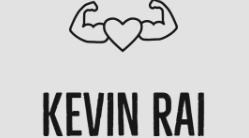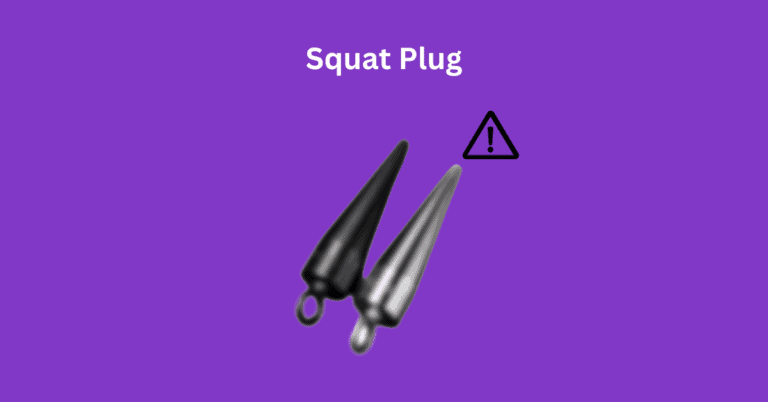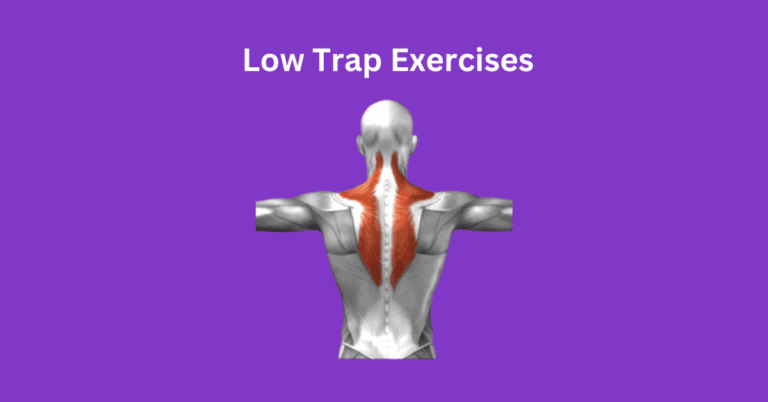5 Squat Stretch To Drastically Improve Mobility
Squat requires your whole body to work together, making it a complicated movement. It works your upper body to your core and down to your lower half. They all need to be strong and have some flexibility, so squat stretches are vital
If your focus is on something other than daily stretches, the muscles are bound to be tight. Stiffness is going to be your biggest enemy when focusing on your form.
If you just concentrate on your form, any issue you might have will naturally surface. But people tend to avoid them and keep on forcefully pushing through. You might get away with it for the short term but in the long time, the issues will come back to haunt you.
Getting the mobility down from the very beginning will not only prevent injuries but will also allow you to squeeze out more from each session. Not having adequate hip mobility can restrict you to a quarter squat only, however doing a full range of motion squat gets better results.
Below I have listed full-body squat stretches to prime your body for the session.
1) Squat stretch – Back & Shoulders
Wall slides are great to build up shoulders and upper back mobility. You might be wondering what do shoulders and back mobility got to squats~ I will explain the reason below.
When you get under the bar, the very muscles stabilizing the weight are your back and shoulders. Squats start with those muscles, so if the very beginning position is wrong, it can lead to a chain of issues occurring.
One problem that can arise is the over-extending of your lumbar spine causing lower back pains. You should be able to get under the bar without feeling any stiffness and discomfort.
How to perform the exercise:
- Find an empty wall with no obstacles around
- Stand a foot away from your wall
- Lean against the wall with your back (make sure to bend your knees a little and keep your back stuck to the wall)
- Put your arm out to your sides around 90 degree
- Slowly start sliding your hand up~ the key here is to maintain your lower back and wrist in contact with the wall at all times
- Go high as physically possible and slowly come down to the starting positions.
- You can change some parts to fit your own needs. this can be standing more forward and having a wider hand position.
2) Squat Stretch (Ankle rocks)- Ankles
As you squat down your ankles come forward~ also known as dorsiflexion.
Without sufficient dorsiflex of your ankles, having a deep squat becomes impossible. If you insist on hitting dept in this case, your heels will naturally come off the ground and your torso will move forward. In this position, you are extremely venerable to injuries.
How to perform the exercise:
- Kneel on one knee on a soft surface
- Put your other feet a few inches forward
- Then slowly lean to the standing foot as far as possible, while keeping your heels on the ground. Your aim should be your knees going past your toes. (hold the position for a few seconds)
- Once you get used to it, you can hold weights with both hands and perform the movement
3) Squat Stretch (Seated Butterfly & Glute Bridge)- Hip extension & Hip Flexors
Both hip extension and flexors are required. The hip extension controls the descent of your squat; at the bottom, your hip will go into flexion.
With a tight hip you may face on of this three thing:
- The tightness won’t allow you to hit the depth
- You will feel a pinching sensation when hitting depth, which can lead to irritation of the muscles
- It will lead to something called a butt wink. This causes additional pressure to be placed on your lower back.
How to perform exercise: (Seated Butterfly-Hip Flexors)
- Sit down with the bottom of the feet touching each other
- Grab the top of your feet and both hands and pull them in (make sure both feet stay touching the floor)
- Slowing flap your knees like a butterflies wing at a constant speed
- Or for more of a static hold, put pressure on your legs using your elbows (hold for 30 secs)
How to perform exercise: (Glue Bridge- Hip Extensors)
- Low down the floor on your back
- Plant your feet down the floor at shoulder width apart
- slowly lift your hip and squeeze your glutes (be careful not to hyperextend your lower back)
- Lower your hips down to the starting position
4) Squat Stretch (Standing Calf Stretch)- Calf
Tight Calves will negatively impact your knees and ankles’ mobility.
The shortened muscles of calves can tug on other ligaments such as the one at the back of your knees~ This is a common cause of knee pains while squatting.
A dorsiflex is required of the ankles, which is the motion of your shin getting closer to your toes. With stiff calf muscles, even with good ankle mobility, your heels are bound to come off the ground.
How to perform the exercise:
- Stand on a step of your stairs
- Hang one of your heels down the step
- Put your body weight on to foot where your heel is hanging (hold it for 20 seconds)
- Switch to your other foot and repeat the movement
5) Squat Stretch (Plank & Cat-Cow)- Core
Core strength & flexibility go hand in hand. Without managing proper core tension, there will always be weaknesses present.
A strong core enables your body to stay upright~ this would be a favorable position. With a weak core, your tension from the body is lost. It won’t have much effect with the lighter weights, but once you go heavier, the lack of core strength will throw your form off. The destruction of your form can put unnecessary pressure on your spine.
How to perform the exercise? Plank (core strengthening)
- Lie on the floor facing down, on your toes and forearms (Your elbows should be underneath your shoulders)
- Keep your body straight, don’t hyperextend or sack your body
- Engage your core by maintaining a straight body posture
- Hold it for as long as you can even if it is 10 seconds~ gradually increase the hold time
How to perform the exercise? Cat-cow (core stretch)
- Get down on your hand and knees
- Drop only your abdominal (without hurting your lower back) and hold for 10 seconds
- Then send your abdomen upwards as much as you can and hold for 10 seconds. You can imagine a string is attached to your abs and someone is pulling it up
Squat Position
Bodyweight:
- Hold your hands near your chest
- Put your feet shoulder-width apart
- Drive your hip back while bending your knees~ make sure your heels are on the ground and your body is not leaning too forward
- Remember you are descending with your hips & knees and not with your upper body
- Get your body to a parallel position. Then drive your feet to the ground and straighten your leg
Barbell:
- Get underneath the bar
- Put the bar unto your shoulders and hold it in place with both hands
- Secure the bar by full by tensing your upper back
- Put your feet shoulder-width apart
- Take a deep breath in and tighten your core
- Drive your hip back while bending your knees~ make sure your heels are on the ground and your body is not leaning too forward
- Remember you are descending with your hips & knees and not with your upper body
- Get your body to a parallel position. Then drive your feet to the ground and straighten your leg
FAQ
What is a squat stretch?
Squat stretch are stretches that let you to hit depth in your squat while maintaining good form
What happens if you squat without stretching?
It would be very painful if you try doing a deep squat, your muscles will resit the movement, causing a pinching sensation.
If you force the depth, most likely your heels will come off the floor or your body will lean forward to compensate for your lack of mobility~ making you vulnerable to injuries
Should you do squats everyday?
Squatting every day can drastically improve your squats however, the squat everyday routine should only be done later down your journey.
As squats are very strenuous for your body, doing them every day will increase the chance of injury. You need enough knowledge to make a secure plan.
Do squats reduce belly fat?
Squats are a demanding exercise that promotes lean muscle mass. However, only doing squats will not help burn belly fat, you would need to combine other aspects of it such as a healthy diet and cardio.
Conclusion
The squat is an amazing exercise working multiple muscles at once however, on the flip side it can be very taxing to your body because of it.
Before you go pushing heavy weights, you should master your form beforehand. Getting your form correct can be bothersome despite that it will prevent injuries and help you lift heavier weights in the long run.
At the beginning machines can be used to support you with the form.
Recovery is important so keep the volume low at the start. There are many ways to recover your muscles such as plunging yourself into cold water. As you advanced you will start recognizing when your body is close to its limit.
Squats can either be your greatest asset or be a burden depending on your actions.


